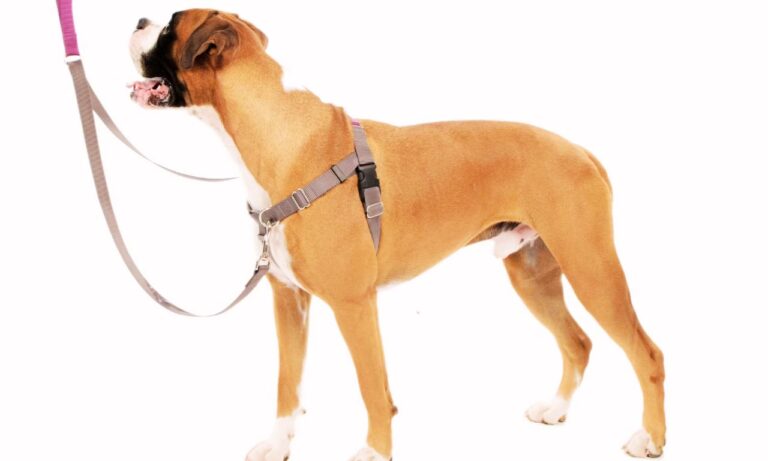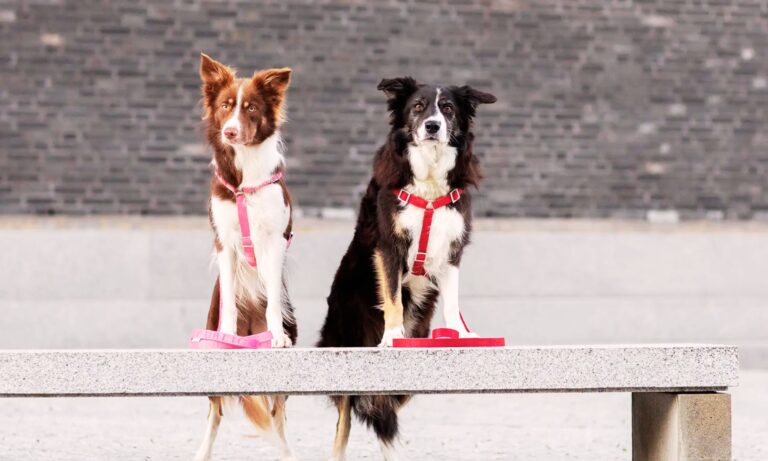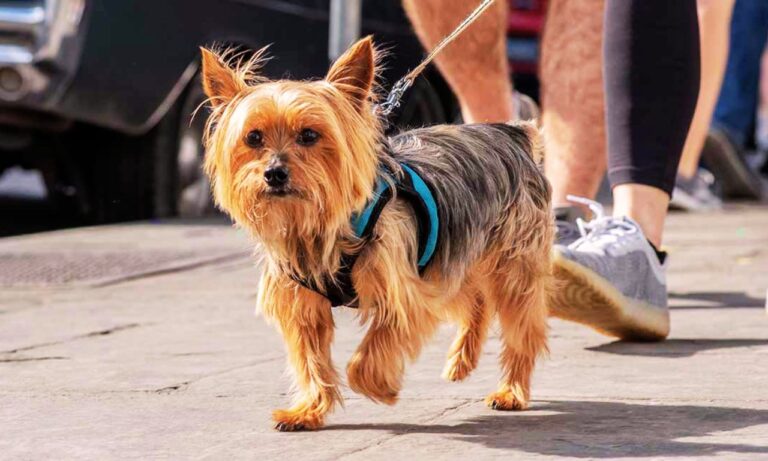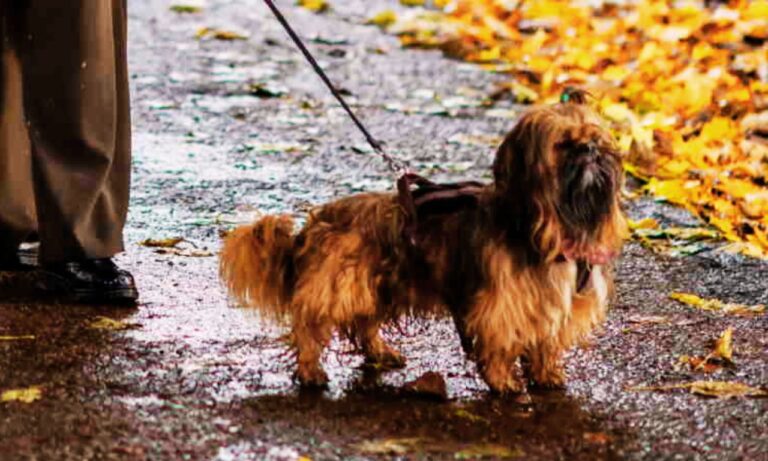When comparing the Siberian Husky vs Alaskan Husky vs Alaskan Malamute, you’re not just looking at three cold-climate, sled-pulling breeds — you’re analyzing decades of selective breeding, functional builds, and stamina-driven purpose. While they share a wolf-like appearance and arctic heritage, each breed brings unique size, strength, and temperament to the table.
Siberian Huskies are agile, moderate-sized sled dogs bred for speed over long distances. Alaskan Huskies are not a breed but a performance hybrid designed for peak racing endurance. The Alaskan Malamute, in contrast, is a powerhouse workhorse bred to haul heavy loads over icy terrains.
Their differences in size, body mass, fur type, and energy demands heavily influence how each fits into a home — especially one outside of the snowy north. This in-depth guide compares their physical traits, growth charts, behavior, and which one could be the best fit for your lifestyle.
Discover if the American Eskimo is a guard dog and learn about its suitability for protecting your home.
Blog Highlights
ToggleSize & Growth: Lightweight Sprinter to Arctic Powerhouse
Breed Growth Comparison Chart (Male Averages)
| Age | Siberian Husky (Weight) | Alaskan Husky (Weight) | Alaskan Malamute (Weight) | Siberian Husky (Height) | Alaskan Husky (Height) | Alaskan Malamute (Height) |
| 2 Months | 10–15 lbs | 12–18 lbs | 15–20 lbs | 9–11 in | 10–12 in | 11–13 in |
| 4 Months | 25–30 lbs | 28–35 lbs | 35–45 lbs | 14–16 in | 15–17 in | 16–18 in |
| 6 Months | 30–40 lbs | 35–45 lbs | 50–60 lbs | 18–20 in | 20–22 in | 20–23 in |
| 9 Months | 40–45 lbs | 40–55 lbs | 65–75 lbs | 20–22 in | 21–23 in | 22–25 in |
| 1 Year | 45–55 lbs | 45–60 lbs | 75–85 lbs | 21–23.5 in | 22–24 in | 23–25 in |
| Full Grown | 50–60 lbs | 45–65 lbs | 85–100 lbs | 21–23.5 in | 22–25 in | 23–25 in |
Note: Females in all three breeds tend to be 10–15% smaller and lighter.
Learn about the size collar for an American Eskimo to ensure a perfect fit and comfort for your dog.
Siberian Husky: Compact, High-Energy Endurance Dog
Size Overview
- Male Weight: 50–60 lbs
- Male Height: 21–23.5 inches
- Female Weight: 35–50 lbs
- Female Height: 20–22 inches
Build and Coat
The Siberian Husky is a medium-sized, lightweight sled dog built for long-distance travel with minimal fuel. They have almond-shaped eyes (often blue or bi-colored), erect ears, and a dense double coat that insulates against sub-zero temperatures.

They carry less body fat and more lean muscle compared to Malamutes, making them fast and efficient. Their tail is bushy and carried in a sickle shape over the back — a feature that helps them breathe through their tail during sleep in snow.
Alaskan Husky: Purpose-Built Performance Hybrid
Size Overview
- Male Weight: 45–65 lbs
- Male Height: 22–25 inches
- Female Weight: 35–55 lbs
- Female Height: 21–24 inches
Build and Coat
The Alaskan Husky isn’t a pure breed — it’s a category of performance crossbreeds typically involving Siberian Huskies, Greyhounds, Pointers, and sometimes Malamutes. They are bred for purpose, not looks, which means there’s variability in coat length, ear shape, and eye color.

Alaskan Huskies often have longer legs and leaner bodies than Siberians. They can reach higher top speeds and excel in both mid-distance and sprint mushing events. Their coat is usually shorter and requires less grooming but less insulation as well.
Find out what style dog collar is best for hounds to ensure comfort and safety for your furry friend.
Alaskan Malamute: The Freight-Hauling Powerhouse
Size Overview
- Male Weight: 85–100 lbs
- Male Height: 23–25 inches
- Female Weight: 75–85 lbs
- Female Height: 22–24 inches
Build and Coat
The Alaskan Malamute is the largest and strongest of the three, originally developed by the native Mahlemut people of Alaska for pulling heavy sleds over long distances. Their broad chest, massive paws, and powerful limbs make them ideal for strength work.
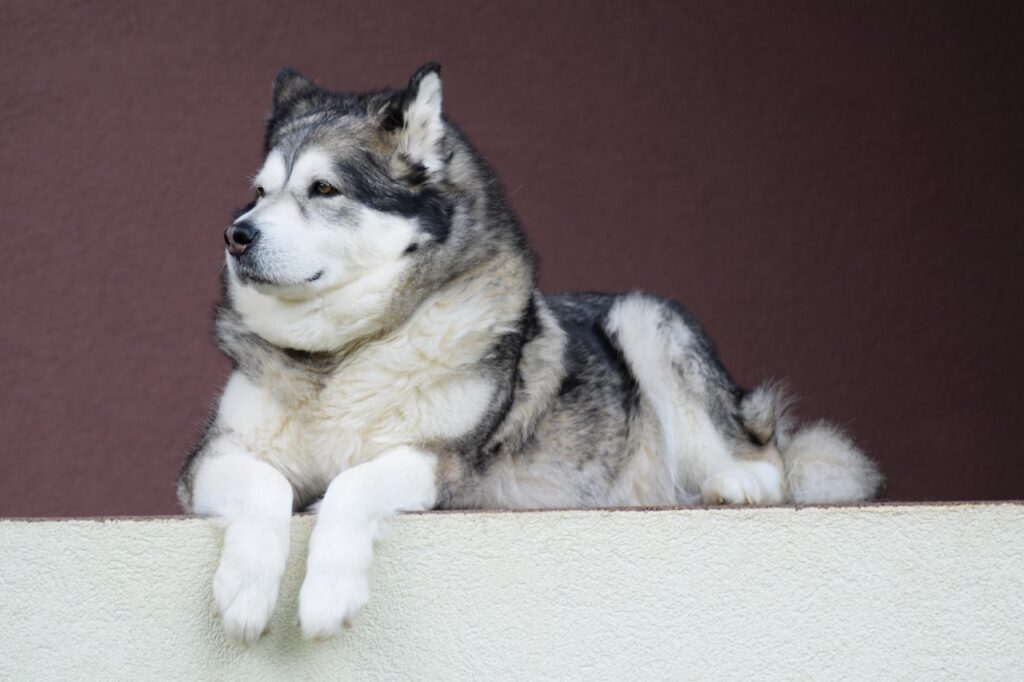
They possess a thick, oily double coat that’s extremely dense, and a plumed tail that curls over their back. Malamutes are slower than Huskies but more muscular and able to endure heavy resistance over snow for long hauls.
Structural Comparison: Frame, Gait, and Working Style
| Trait | Siberian Husky | Alaskan Husky | Alaskan Malamute |
| Frame Type | Medium, agile, lean | Long-limbed, athletic | Heavy-boned, powerful |
| Gait | Light, floating, efficient | Smooth, fast, drive-oriented | Slow, powerful, steady |
| Chest | Moderately broad | Narrow to moderate | Broad, deep |
| Legs | Straight, moderate bone | Long, fine-boned | Thick, heavily muscled |
| Tail | Sickle-shaped | Variable | Plume tail, curled |
| Ears | Erect, medium | Varies | Small, rounded, upright |
| Head Shape | Foxy, clean | Variable | Broad, bear-like |
Temperament & Trainability: Which One’s Easier to Handle?
Siberian Husky
- Energy Level: Very High
- Temperament: Friendly, mischievous, independent
- Trainability: Moderate (stubborn streaks, high prey drive)
- Ideal For: Active households, experienced owners, cold climates
Siberians are escape artists and clever problem-solvers. They thrive on exercise and challenge. They’re pack-oriented and love companionship but are notoriously unreliable off-leash.

Alaskan Husky
- Energy Level: Extremely High
- Temperament: Driven, loyal to handlers, working-focused
- Trainability: High in task-specific work, low in general obedience
- Ideal For: Competitive mushers, working homes, athletes
Alaskans are pure athletes. They’re bred to run and will go for hours if given the chance. They’re not couch pets and often do poorly without structured work. Their bond with their handler is strong, but they’re not cuddly.
The ideal size collar for English Springer Spaniel typically ranges from 14 to 20 inches, depending on the dog’s age and neck size, ensuring a comfortable and secure fit.
Alaskan Malamute
- Energy Level: Moderate
- Temperament: Strong-willed, dignified, loyal
- Trainability: Low–Moderate (can be dominant and aloof)
- Ideal For: Experienced owners, spacious homes, colder regions
Malamutes are loyal but have an alpha personality. They’re not eager to please and often require firm leadership. They’re great with families when socialized early but are less playful and more independent than Huskies.
Grooming, Shedding, and Coat Management
| Feature | Siberian Husky | Alaskan Husky | Alaskan Malamute |
| Shedding | Moderate–High (year-round + blowouts) | Moderate (seasonal) | Very High (dense coat) |
| Coat Length | Medium, thick | Short to medium | Very thick, long guard hairs |
| Grooming Need | Weekly brushing; daily during blowouts | Low to moderate | High; undercoat rake required |
| Coat Type | Double-coated | Double or mixed | Dense double with coarse outer |
All three breeds “blow coat” in spring and fall, with Malamutes being the most demanding. If you don’t want to be vacuuming daily or brushing for hours during seasonal changes, reconsider Malamutes.
Health & Longevity: Structural Impact on Wellbeing
Siberian Husky Health Overview
- Hip Dysplasia: Rare (due to leaner frame)
- Eye Disorders (cataracts, PRA)
- Zinc Deficiency Dermatosis
- Average Lifespan: 12–14 years
Alaskan Husky Health Overview
- Prone to racing injuries (joint strain)
- Hypothyroidism
- Gastric issues under heavy work
- Average Lifespan: 10–13 years
Alaskan Malamute Health Overview
- Hip Dysplasia: Common
- Hypothyroidism
- Chondrodysplasia (dwarfism gene carrier)
- Cataracts, polyneuropathy
- Average Lifespan: 10–12 years
Malamutes tend to suffer more from orthopedic issues due to their size. Siberians enjoy the longest average lifespan with fewer inherited disorders when well-bred. The recommended size collar for an English Cocker Spaniel usually ranges from 12 to 18 inches, providing a snug and comfortable fit for your dog.

Which Breed Suits Your Lifestyle?
Apartment Living?
- Siberian Husky: Possible with strict exercise (2+ hours/day)
- Alaskan Husky: Not recommended (needs open space, jobs)
- Alaskan Malamute: Possible with large apartments and commitment — but better in homes with yards
Family-Friendly?
- Siberian Husky: Yes, loves kids but may chase small pets
- Alaskan Husky: Better with adults or working homes
- Alaskan Malamute: Loyal to family but cautious with strangers, not great with small animals
First-Time Dog Owner?
- Siberian Husky: Borderline — needs dedication, exercise, training
- Alaskan Husky: No — needs specialized environment
- Alaskan Malamute: No — too strong-willed without prior experience
Summary Table: Key Trait Comparison
| Trait | Siberian Husky | Alaskan Husky | Alaskan Malamute |
| Weight (Male Avg) | 50–60 lbs | 45–65 lbs | 85–100 lbs |
| Height (Male Avg) | 21–23.5 in | 22–25 in | 23–25 in |
| Energy Level | Very High | Extremely High | Moderate |
| Lifespan | 12–14 years | 10–13 years | 10–12 years |
| Shedding | Moderate–High | Moderate | Very High |
| Strength | Moderate | Moderate–High | High |
| Ideal Climate | Cold | Cold | Very Cold |
| Trainability | Moderate | High (in working tasks) | Low–Moderate |
Final Verdict: Siberian Husky vs Alaskan Husky vs Alaskan Malamute — Who Wins?
Choosing between the siberian husky vs alaskan husky vs alaskan malamute depends entirely on your lifestyle, climate, and willingness to manage exercise and grooming.
- Choose the Siberian Husky if you want a sociable, fast-moving, moderately sized dog with a strong need for daily activity but less bulk to manage.
- Choose the Alaskan Husky if your life revolves around work, mushing, running, or athletic events — this hybrid will outpace the others in stamina and drive.
- Choose the Alaskan Malamute if you want a larger, quieter, majestic companion with immense strength — and you’re ready for the shedding, training challenges, and independence that come with it.
Each has its beauty, purpose, and challenge — but when placed in the right hands, all three are breathtaking northern marvels. To find the perfect fit, learn more about what size collar for a Bichon, ensuring your dog’s comfort and safety.


